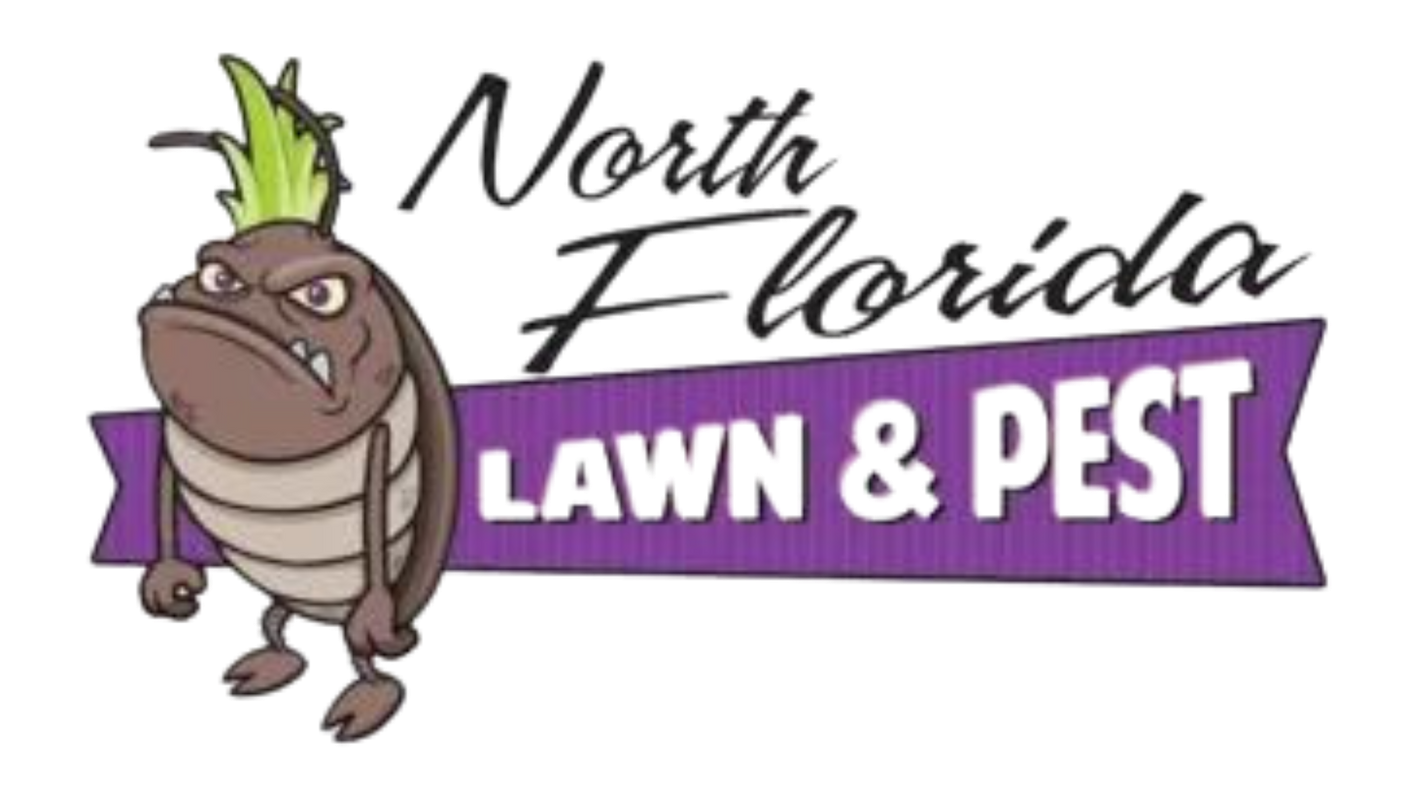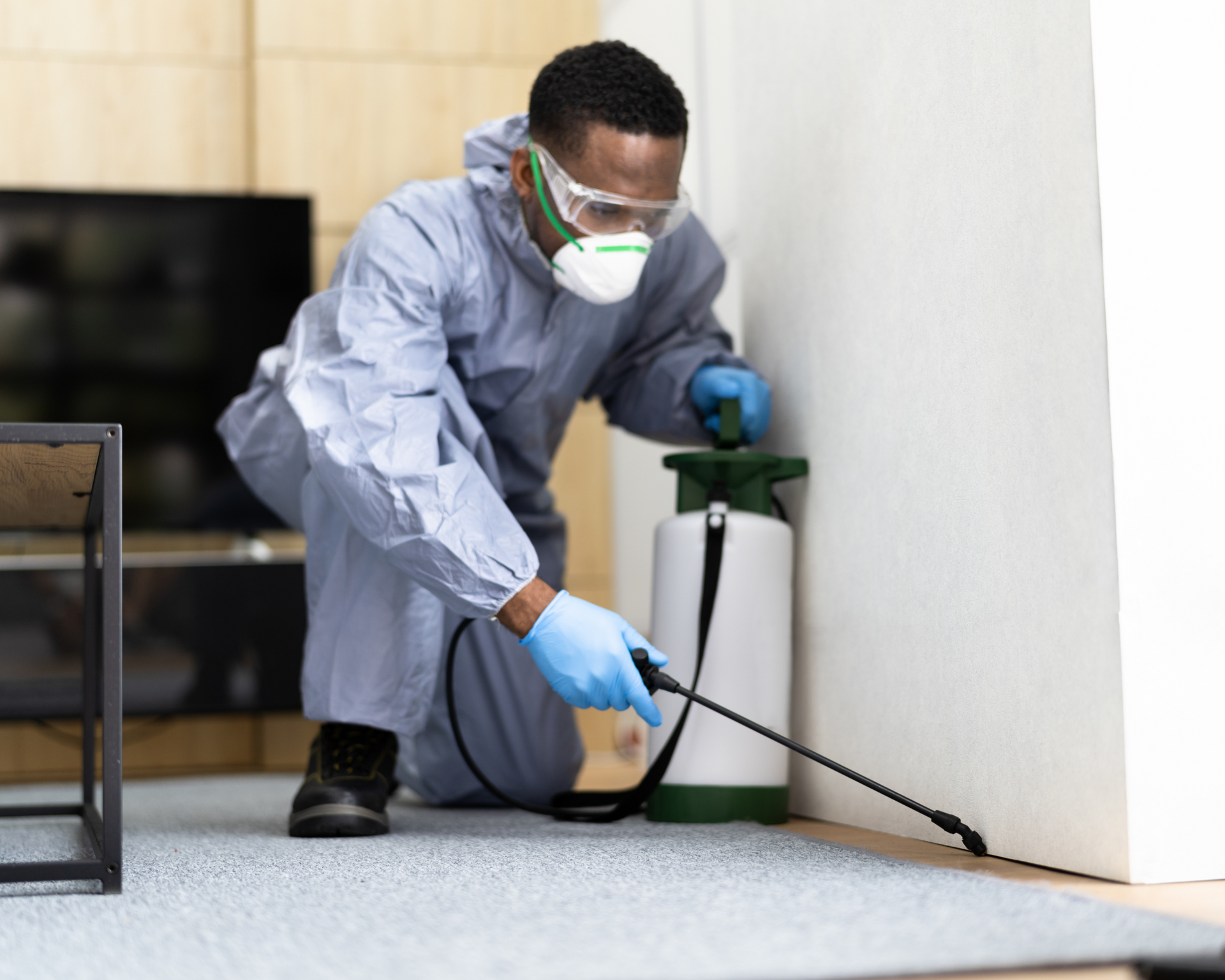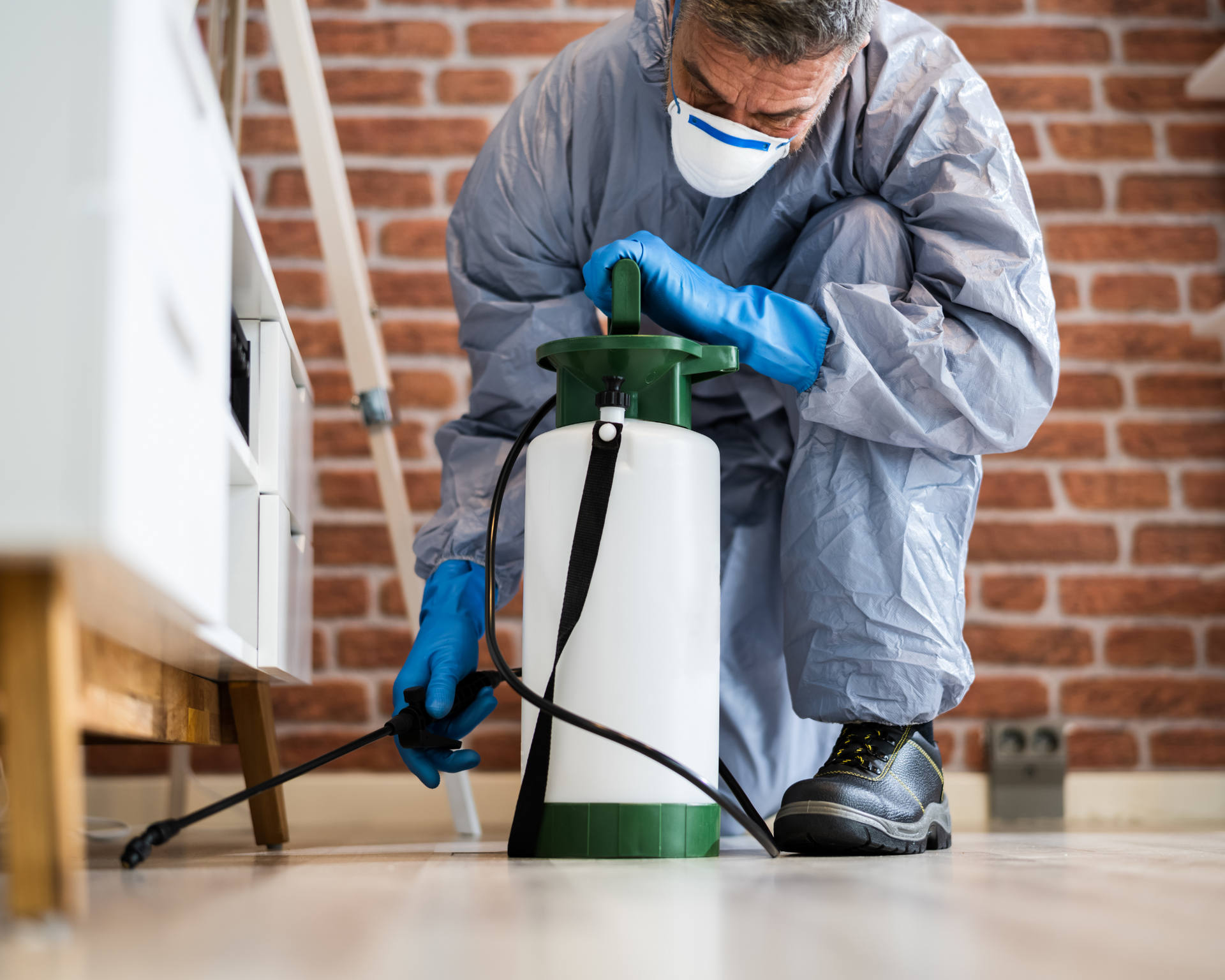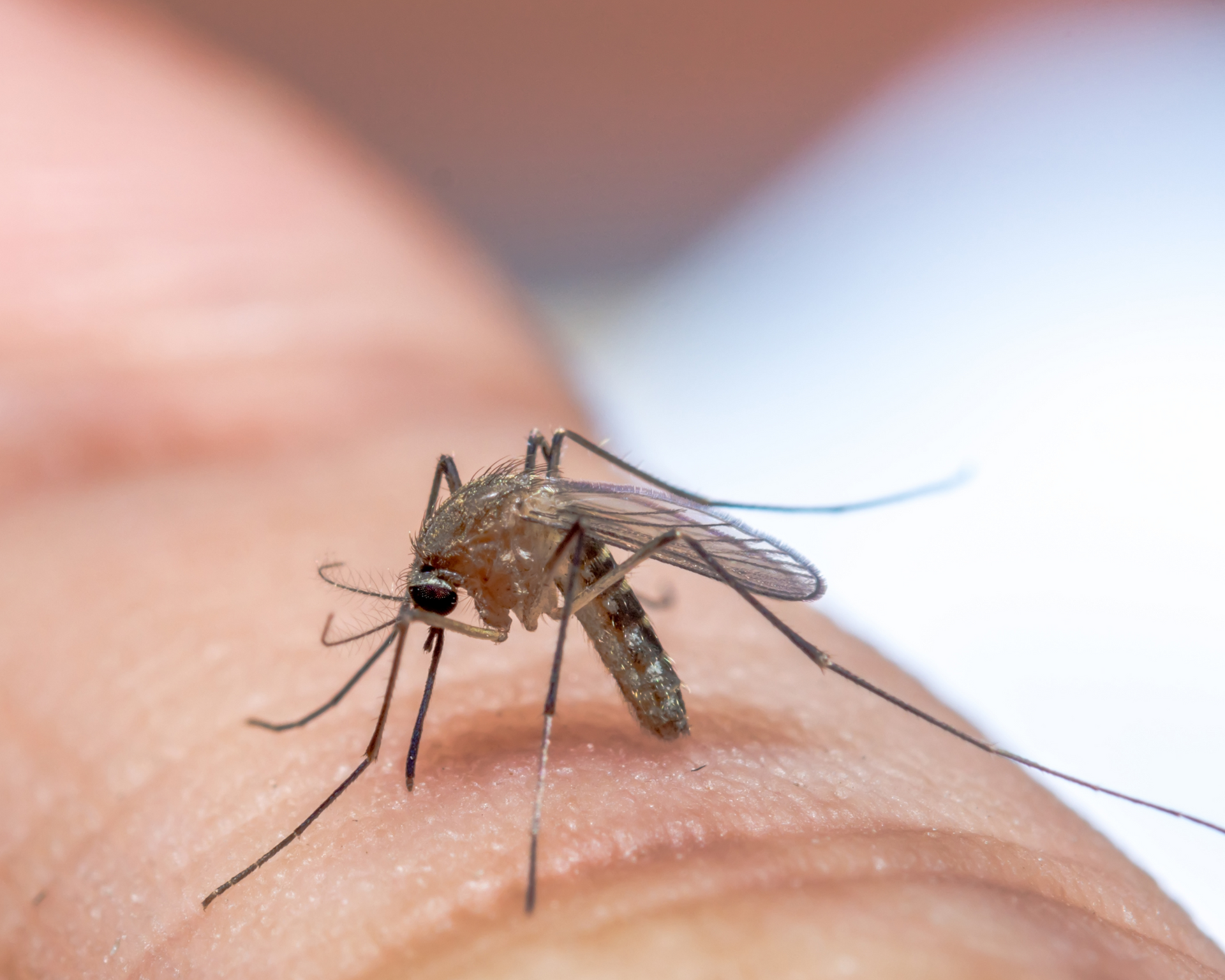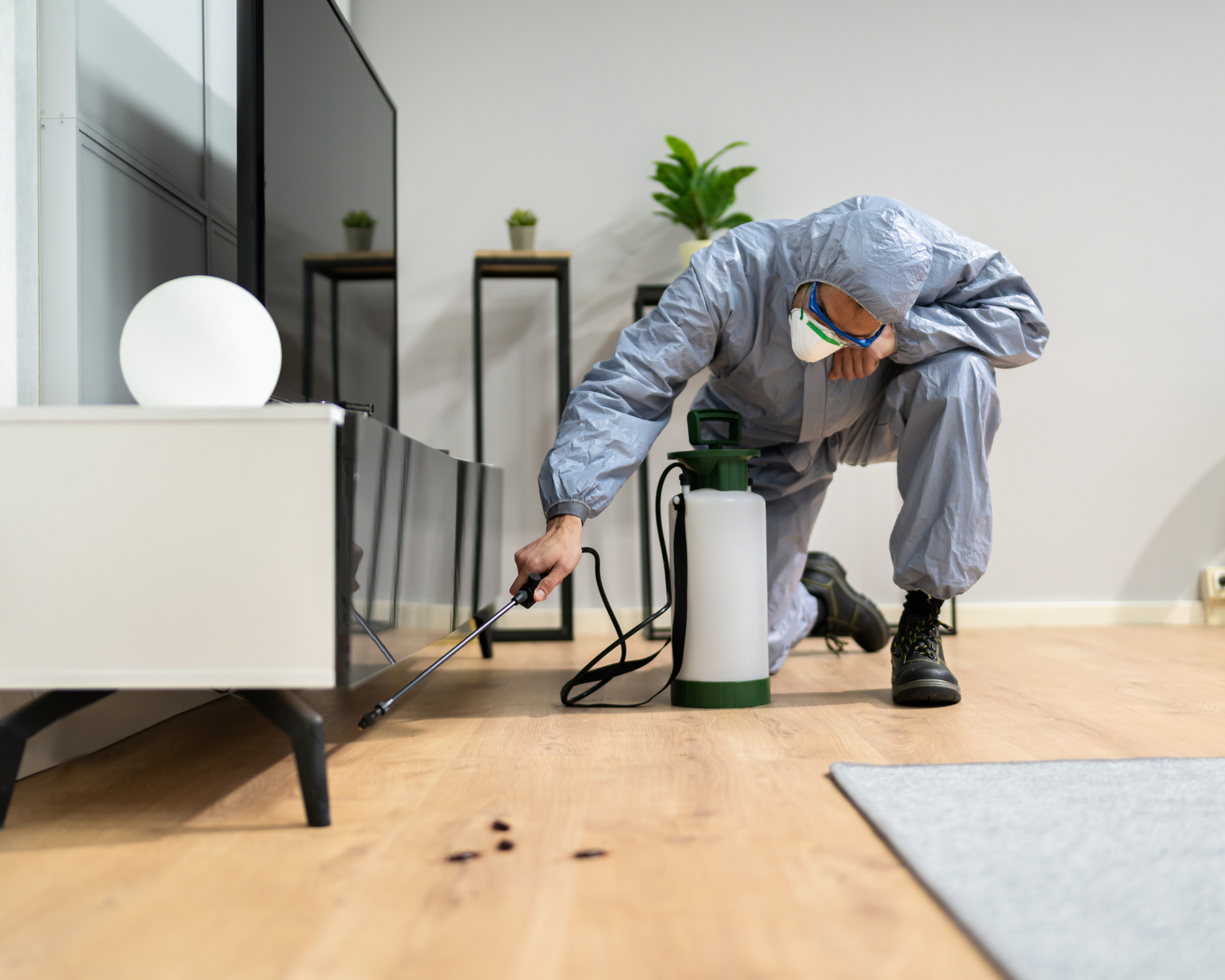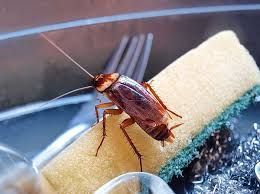How Do Professional Exterminators Handle a Termite Infestation?
A Step by Step Guide into Handling a Termite Infestation
Termites are one of the most destructive pests a homeowner can face. They chew through wood, weakening the structure of homes and causing thousands of dollars in damage. Because termites often go unnoticed until the damage is severe, it’s crucial to act fast if you suspect an infestation.
Professional exterminators have the tools, knowledge, and experience to remove termites and prevent them from coming back. But how do they do it? In this guide, we’ll walk you through how professional termite exterminators handle an infestation from start to finish.
Why Professional Treatment Is Essential for Termite Infestations
Professional termite treatment is essential because it targets the root of the infestation using advanced techniques and specialized equipment that DIY methods often miss. Exterminators understand termite behavior, use tools like infrared cameras to detect hidden colonies, and apply treatments that provide long-term protection. Unlike surface-level solutions, professional methods ensure complete elimination and prevent reinfestation, ultimately saving homeowners from costly structural damage.
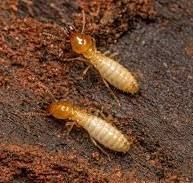
Step 1: Thorough Inspection
Before exterminators can treat the problem, they need to understand the extent of the infestation. A trained pest control expert will inspect your home inside and out to find where the termites are hiding.
What They Look For:
✔ Mud tubes – Tiny tunnels made of dirt along walls, floors, or foundations.
✔ Wood damage – Hollow or weakened wood with a honeycomb texture.
✔ Termite droppings (frass) – Small piles of wood-colored pellets near infested areas.
✔ Swarming termites – Flying termites (also called swarmers) looking for new places to nest.
The inspector will also use special tools, such as moisture meters and thermal imaging cameras, to detect termite activity inside walls. Once they assess the problem, they create a custom treatment plan to eliminate the infestation.
Step 2: Choosing the Right Treatment Method
There are different methods exterminators use to get rid of termites. The best option depends on how severe the infestation is and where the termites are located.
1. Liquid Termite Treatments (Termiticide Barriers)
This method involves applying a liquid chemical around the foundation of your home to create a protective barrier. When termites come into contact with the treated soil, they either die immediately or carry the poison back to their colony.
✔ Works well for subterranean termites (the most common type).
✔ Provides long-lasting protection.
✔ Kills termites before they enter your home.
2. Bait Stations
Termite bait stations are placed around your property to attract termites. These stations contain slow-acting poison that termites carry back to their colony, eliminating the entire nest.
✔ Ideal for treating large colonies.
✔ Less disruptive than liquid treatments.
✔ Works well for ongoing termite prevention.
3. Fumigation (Tent Treatment)
For severe infestations, exterminators may recommend fumigation. This involves tenting the entire home and filling it with gas that kills termites inside walls, floors, and furniture.
✔ Effective for drywood termites that live inside wood.
✔ Kills termites hidden deep inside your home.
✔ Requires the homeowner to leave for 24 to 72 hours.
4. Wood Treatments
In some cases, exterminators may treat wood directly with special chemicals that soak into the material, killing termites and preventing new ones from invading.
✔ Best for localized infestations.
✔ Can be used on furniture, beams, and wooden structures.
✔ Provides long-term protection.
Each method has its own advantages, and a pest control expert will recommend the best approach based on your situation.
Step 3: Termite Removal Process
Once the exterminator chooses a treatment, they begin the process of eliminating termites from your home.
✔ For liquid treatments, they dig small trenches around your house and apply the chemical barrier.
✔ For bait stations, they place bait traps in strategic locations and check them regularly.
✔ For fumigation, they seal your home under a tent and release the fumigant gas.
✔ For wood treatments, they spray, inject, or paint chemicals directly onto the infested wood.
Depending on the method used, treatment may take a few hours to a few days to complete.
Step 4: Preventing Future Infestations
Getting rid of termites is only half the battle. To keep them from coming back, professional exterminators will give you tips on how to protect your home from future infestations.
Preventative Steps You Can Take:
✔ Reduce moisture – Fix leaks, improve drainage, and use dehumidifiers.
✔ Store wood away from your home – Firewood, lumber, and mulch attract termites.
✔ Seal cracks and crevices – Close any gaps in your foundation or walls where termites could enter.
✔ Schedule regular inspections – A pest control expert can check for termites once a year to catch problems early.
Many exterminators also offer termite prevention plans, where they inspect and treat your home regularly to ensure termites never return.
How Long Does Termite Treatment Last?
The length of protection depends on the type of treatment:
✔ Liquid treatments can last 5 to 10 years.
✔ Bait stations need to be monitored and replaced every few months.
✔ Fumigation eliminates termites but does not prevent new ones from invading.
By following the exterminator’s recommendations, you can keep your home termite-free for years to come.
When Should You Call a Professional?
If you notice any signs of termites, don’t wait! The longer termites are in your home, the more damage they can cause. Call a professional if you see:
🚨 Mud tubes along walls or foundations
🚨 Hollow-sounding wood
🚨 Swarms of flying termites
🚨 Droppings that look like tiny wood pellets
A pest control expert can inspect your home, confirm the problem, and recommend the best treatment to protect your home from further damage.
Want To Learn More? Contact Us
A professional termite inspection is the first step in effectively handling an infestation. During this process, an exterminator carefully examines key areas of your home, including the foundation, walls, and wooden structures, to identify signs of termite activity and assess potential risk factors.
The inspector looks for mud tubes, frass (termite droppings), hollowed-out wood, and other indicators of an infestation while recommending the best course of action. This may involve sealing entry points, reducing moisture levels, and applying targeted treatments to eliminate termites and prevent their return.
If you suspect termites in your home, don’t wait for the damage to worsen. Contact us today for a comprehensive inspection and expert treatment solutions.
Our Additional Posts On Pest Control
Copyright © 2024 - St Augustine Pest Control by NFLP All Rights Reserved
